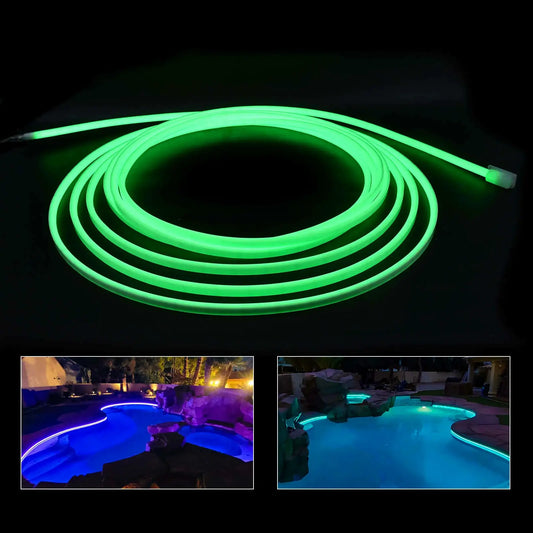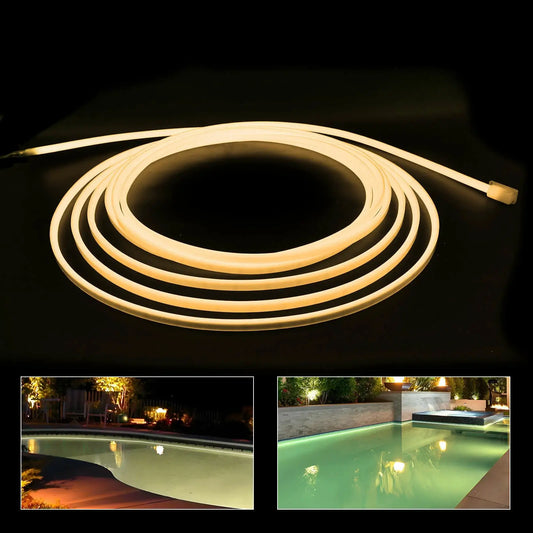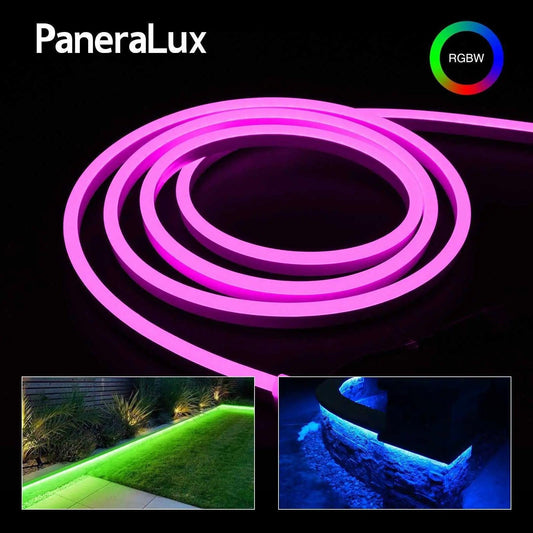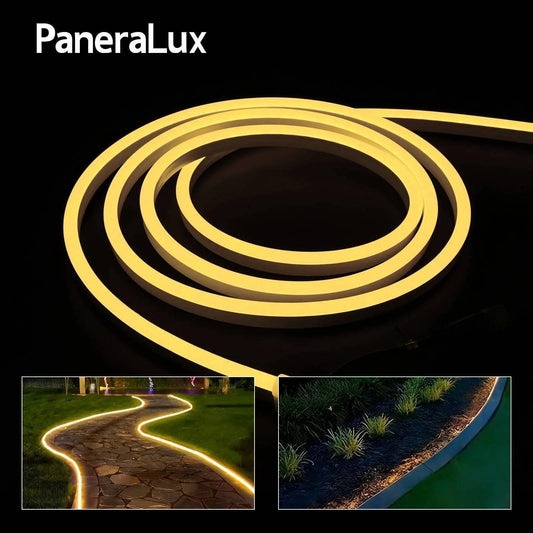Understanding Pool Lighting Voltage: Is 12V, 24V, 120V, or 240V the Right Choice?
Published: Last Updated: Estimated Reading time: 4 minsPool illumination plays a crucial role in enhancing both the safety and ambiance of your swimming pool area. With the evolution of LED technology, both low voltage and high voltage LED pool lights have become reliable options. However, when it comes to pool light strips, the voltage choice can significantly impact performance and efficiency. Let's delve deeper into the distinctions between low voltage and high voltage options.
Table of Contents:
Understanding Low Voltage and High Voltages Pool Lights Options
Low voltage pool lights, typically operating at 12V or 24V, prioritize safety and are commonly powered by a transformer. These pool edge lighting are popular in residential settings, offering versatility and ease of installation.
On the other hand, pool lights operate at the standard household voltage of 120V or even higher, like 240V, catering to larger commercial or industrial pool installations. While they offer illumination for expansive areas, they require meticulous installation and safety measures.
Distinguishing Features of Low Voltage and High Voltage Underwater Pool LED Strip Lights
Safety
- Low voltage pool lighting are renowned for their reduced risk of electrical shock, making them a safer choice for pool environments.
- High voltage pool led strip necessitate careful installation and safety precautions to mitigate potential hazards.
Length Flexibility
- Low voltage pool led strip offer greater flexibility in customization due to their shorter cuttable lengths. And it may have limitations in length due to voltage drop issues, restricting customization options.
Cost
- Contrary to common belief, 12V or 24V LED pool light strips may not incur higher costs. Based on changes to the National Electric Code (NEC), some UL-listed 12V lighting systems may represent installation savings of up to $150 per light by no longer needing to bond and ground the light or include a GFI breaker. Some 12V lights are priced to be competitive with 120V lighting.
- PaneraLux offers a range of accessories such as remote control for pool lights to assemble your desired low voltage pool lighting system efficiently.
And if you'd want to know more about how to Replace a High Voltage Pool Light with a Low Voltage One, refer to our related tutorials on our website and YouTube channel.
Environmental Impact and Efficiency
Opting for energy-efficient LED pool lights significantly reduces energy consumption and greenhouse gas emissions.
While both 12V and 24V options are available, it's essential to consider the inherent electrical design inefficiencies associated with each voltage.
Most LEDs operate at 3V DC, a 24V LED system minimizes electrical design inefficiencies by over 50%, offering superior energy efficiency and performance compared to 12V alternatives, allowing for efficient configuration in a 24V LED system with fewer losses.
From Advantages of a 24V LED system vs 12V | Waveform Lighting.
In conclusion, while various voltage options exist for pool lighting, 24V LED pool light strips emerge as a standout choice due to their safety, flexibility, efficiency, and performance advantages. Explore our range of pool lights solutions on our website and elevate your pool experience with the benefits of 24V LED technology.
PaneraLux offers professional pool and garden led strips, we are experts in the field of LED knowledge. If you have any need, feel free to email us or click the icon in the bottom right corner, Chat with us and you can get professional advice soon.




